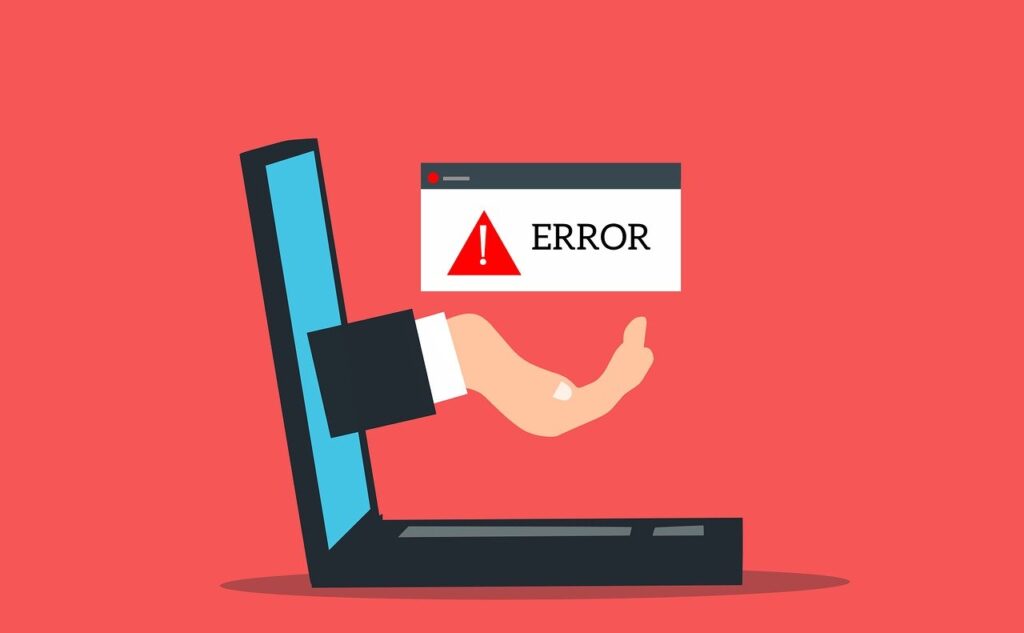Please note that this blog is co-written by members of the ABAI Practice Board.
This is a continuation of our blog series reviewing how behavior analysts can better promote access to their services by identifying and addressing areas of inequity. Spoiler-alert – this post found some big challenges in how the entire field collects data on service delivery.
Data Collection on Coverage Gaps
Only 29 respondents (19.6%) were aware of any of their organization’s efforts to collect data on gaps in coverage for services. Of those aware of efforts to identify gaps in service coverage, responses fell mainly into three main categories – client demographics, client outcomes and access (or lack thereof) services.
- Client Demographics: Although respondent indicated that collecting data regrading client demographics was helpful, no respondent noted that they then used these data to address potential inequities.
- Client Outcomes: Many responses indicated they collected data on client outcomes, specifically focused on treatment outcomes and adjustments to treatment plans. Although these data may improve individual client success from a service treatment model, such data do not specifically targeting disparities and barriers to services in a local community.
- Access to Services: Data on accessing services mainly focused on cancellations or treatment dropout with specific clients, rather than more general concerns on groups of individuals unable to access services. One respondent discussed identifying locations in their service area lacking BCBA support and specifically working to hire or place a BCBA in that location.
While client outcomes and accessing services are important areas for data collection and ensuing action, these were focused on the client (micro) level. No respondent was aware of system-wide initiatives to address disparities with service access and delivery at the community, region, or state levels.
Community Partnerships
When asked about community programs with which their organization collaborated to improve access, the majority of respondents cited connections to other service providers. Most often, these were local agencies which the client had additional eligibility, such as pediatricians, social workers, and outreach programs. A few respondents also noted that they worked with disability law firms to advocate for rights for services and help clients qualify for insurance.
However, similar to the survey responses on coverage gaps, all work with community partners was client-specific, often reactive to the needs of an individual rather than describing proactive efforts to develop partnerships to target inequities.
Recommendations for Better Practice?

We initially planned to provide some recommendations for best practices for how to better collect data and subsequently improve access and services based on inequities. However, as we looked at the literature and our own experiences, there were limited recommendations for us to promote. While other fields, most notably healthcare and education, have robust models for measuring disparities in services, none exist for the field of behavior analysis. This identified a more macro issue that needs to be addressed before systemic inequities can be targeted by individual behavior analysts.
.
So What is the Macro Issue?
Behavior analysis is a science. We use data to inform individualized practices and strive for functional relations between our practices and outcomes. Interestingly, this same approach to assess and treat inequities in services is lacking based on the responses to our survey. Yet it is difficult to fault the individual behavior analyst for the barriers faced in tackling this problem. Although we encourage behavior analysts and organizations to collect and use these data, it is possible that larger, systemic change is warranted, which could improve the potential impact providers and organizations can have thereafter.
Individual providers and service organizations typically do not have the resources or expertise to collect community-wide data regarding service need, provider density, and service accessibility. For a data-driven science, we have very little to pull from when trying to understand these needs. For behavior analysts based in the United States, the US employment demand for BCBAs presented by the BACB provides some data at a statewide level on increasing or decreasing need for BCBAs. Yet this approach relies on the annual number of job postings and can be inflated by job turnover rates. This estimate of employment demand lacks specificity to drive action to address service access inequities, such as localized need areas (e.g., certain cities or counties) or client demographics (e.g., age, race, ethnicity, immigration status, income, specific service needs).

Other areas of healthcare provision rely on data from the U.S. Bureau of Labor Statistics to obtain relevant employment data. But a quick search shows that Behavior Analyst is not a recognized profession in these extensive data sets. Research has attempted to combine various data sets, such as to review geographic variables for service inequity (see Yingling et al., 2021; 2022), however, these data quickly become outdated and some sources (e.g., the NPI registry) have poor accuracy (Debuque et al., 2021). Additionally, the data focus is on very specific parameters, such as children diagnosed with autism spectrum disorder.
Summary
At present, there are clear limitations in our ability to complete service delivery research to then begin addressing professional shortage and care access gaps. Behavior analysts will need to partner with health services researchers and health and education policy researchers to identify the steps needed for the field to become incorporated into the various data monitoring systems that are relied upon to provide estimates of access for other, more established professions.
References
Dubuque, E. M., Yingling, M. E., & Allday, R. A. (2021). The misclassification of behavior analysts: How national provider identifiers (NPIs) fail to adequately capture the scope of the field. Behavior Analysis in Practice, 14, 214-229. https://doi.org/10.1007/s40617-020-00451-w
Yingling, M.E., Ruther, M.H., Dubuque, E.M. & Bethany, A.B. (2021) Impact of county sociodemographic factors and state policy on geographic access to behavior analysts among children with autism spectrum disorder. Administration and Policy in Mental Health and Mental Health Services Research, 48, 1105–1114. https://doi.org/10.1007/s10488-021-01120-y
Yingling, M.E., Ruther, M.H. & Dubuque, E.M. (2022) Trends in geographic access to Board Certified Behavior Analysts among children with autism spectrum disorder, 2018–2021. Journal of Autism and Developmental Disorders, 52, 5483–5490. https://doi.org/10.1007/s10803-021-05402-0
